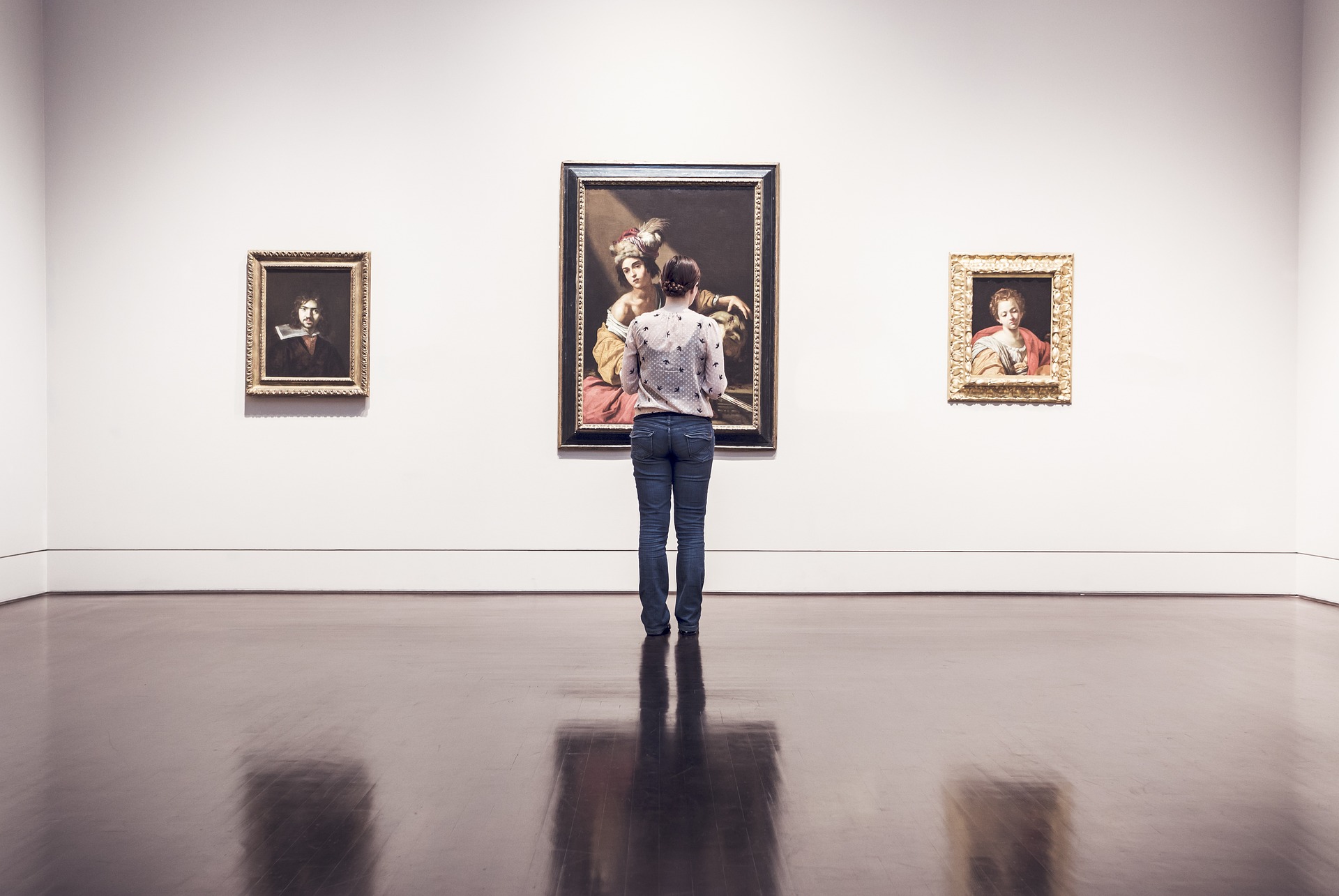"Redefining Sculpture: The Emergence of Kinetic Art"
As the world continues to evolve, so does our perception of art. One of the most fascinating developments in the art world in the past century has been the rise of kinetic art. This genre, which incorporates movement into sculptures, is transforming our understanding of static versus dynamic art forms.

A Historical Overview: The Birth of Kinetic Art
Tracing its roots back to the early 20th century, kinetic art was inspired by the technological advancements and the growing fascination with movement and machines. Artists began to experiment with the idea of incorporating movement into their works, thus giving birth to the kinetic art movement. Pioneers like Naum Gabo and Alexander Calder were instrumental in establishing this art form, pushing the boundaries of traditional sculpture and bringing a dynamic element to their creations.
Current Trends: Kinetic Art in the 21st Century
Today, kinetic art is more popular than ever, with artists continually pushing the boundaries of this unique art form. Digital technology and the advent of new materials have enabled artists to create works that react to environmental factors such as light, sound, and even the viewer’s movement. These advancements have breathed new life into kinetic art, making it a vibrant and evolving field within the contemporary art scene.
Impact and Significance: The Power of Movement
The impact and significance of kinetic art lie in its ability to engage viewers on a deeper level. Unlike static art forms, kinetic art involves the viewer in the artwork. The movement in these sculptures prompts a reaction, an interaction, and a sense of involvement. This active participation transforms the viewer from a passive observer to an active participant, thus redefining the traditional artist-viewer relationship.
Reception and Critique: The Kinetic Art Discourse
Critics and art enthusiasts alike have praised kinetic art for its innovation and ability to captivate viewers. Its unique blend of sculpture, movement, and often technology offers a fresh perspective on what art can be. However, like any avant-garde movement, it has also faced its share of criticism. Some traditionalists argue that the incorporation of movement and technology detracts from the essential elements of sculpture. Despite these debates, the popularity and influence of kinetic art continue to grow, marking it as a significant movement within the broader art landscape.
The Future of Kinetic Art
As we continue to navigate through the 21st century, the future of kinetic art looks promising. With artists pushing the boundaries of this genre and technology offering new possibilities, kinetic art is set to continue its journey of innovation and exploration. As it does, we can expect it to further redefine our understanding of art, sculpture, and the role of the viewer in the artistic process.
In conclusion, kinetic art represents a fascinating shift in the way we perceive and interact with art. Its dynamic nature, coupled with its evolving techniques and materials, makes it a compelling and significant movement in the contemporary art scene. As the genre continues to evolve, we look forward to the exciting developments and discussions it will undoubtedly inspire.




